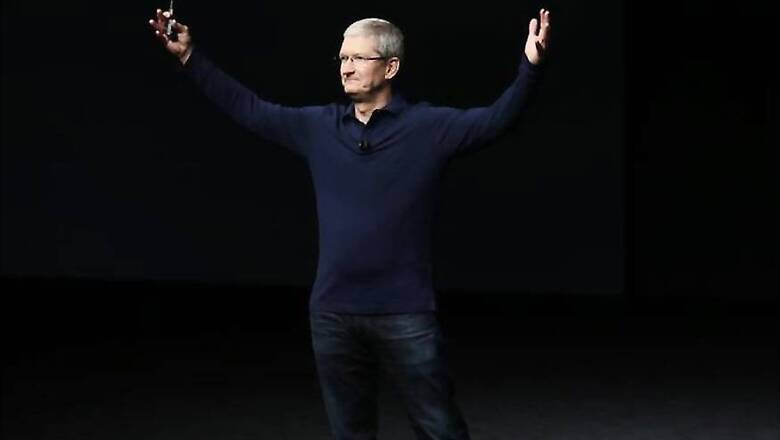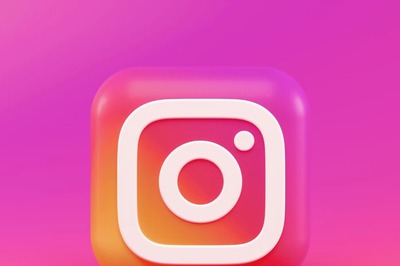
views
As we head towards Apple’s third-quarter earnings report, all eyes are peeled, and all ears are tuned for what the Cupertino giant says about the next iPhone. It might indicate something, and those little hints will be dissected for hours on end, to decipher something, anything, about the upcoming iPhone line-up in September. While Apple traditionally never has spoken in detail, or given elaborate hints about upcoming products while taking about financial matters of the quarter gone by, just the fact that CEO Tim Cook said “exciting fall” during the earnings call same time last year made fans, analysts and pretty much everyone else dizzy with excitement. And when fall finally arrived, the iPhone X was unveiled.
At the time of writing this, Apple’s current market value is pegged at $949.22 billion, and is ahead of Amazon, current market value at $858.92 billion, in the race to become the first trillion dollar company.
What Apple says, or hints at, about the upcoming launches, is what The Wall Street will base its estimates on. Traditionally, the June quarter is the lightest one for Apple, in terms of sales. Customers aren’t generally queueing up at Apple Stores, instead adopting the wait-and-watch approach with the inevitable announcement of the new iPhones in September. For the quarter which Apple will report tomorrow, the company had sold 41.03 million devices in the same period last year.
For all the doomsday scenario reports about the iPhone X not doing well and it being too pricey, the Jan-March 2018 quarter saw the iPhone X as the top-selling Apple device every week of the quarter, according to Tim Cook, CEO, Apple. In fact, Cook went on to specify that the iPhone X had till that point, also been the best-selling iPhone every single week, since its launch in November 2017.
With the iPhone X, Apple attempted a completely fresh design for the flagship iPhone, and the biggest refresh for the first time in three years, with a notched-display, no home button and the radical new Face ID facial recognition technology.
As numbers suggest, the iPhone business has transformed from being a fast growing business to a stable business for Apple. While there will be occasional spikes in certain quarters, the company knows that it must look a wider spectrum of services as well, including Apple Music, App Store and iCloud. "We have the best pipeline of products and services we've ever had," said Tim Cook, during the Q2 earnings call. Apple's Services revenue rose 31% to $9.19 billion in the March quarter. Apple Music has played a critical part in that. As of earlier this month, reports suggested that Apple Music has more paying subscribers in the US than its long-term rival Spotify—though Spotify still leads globally with 70 million subscribers compared with Apple Music’s 45 million. Reports also suggest that while Apple Music is growing at 5% per month, Spotify is growing at 2% every month—which means it wouldn’t take long to catch up. The App Store completed 10-years this summer, and now sees over 500 million weekly visitors.
Then there is the small matter of Apple’s “Other” category, which includes the Apple Watch, the HomePod, Apple TV, Beats branded audio equipment as well as the AirPods. Just last week, research firm Canalys suggested that Apple shipped 3.5 million Apple Watch units globally during Q2 2018, which is an increase of 30 percent compared to the same quarter last year. Interesting to note that the Apple Watch Series 3 LTE is the most popular smartwatch in Asia, even though this is the most expensive variant of the Apple Watch.
The upcoming earnings call could give us perhaps more of a glimpse at how the services will develop, more than the subtle hints that we may get about the upcoming iPhone.




















Comments
0 comment